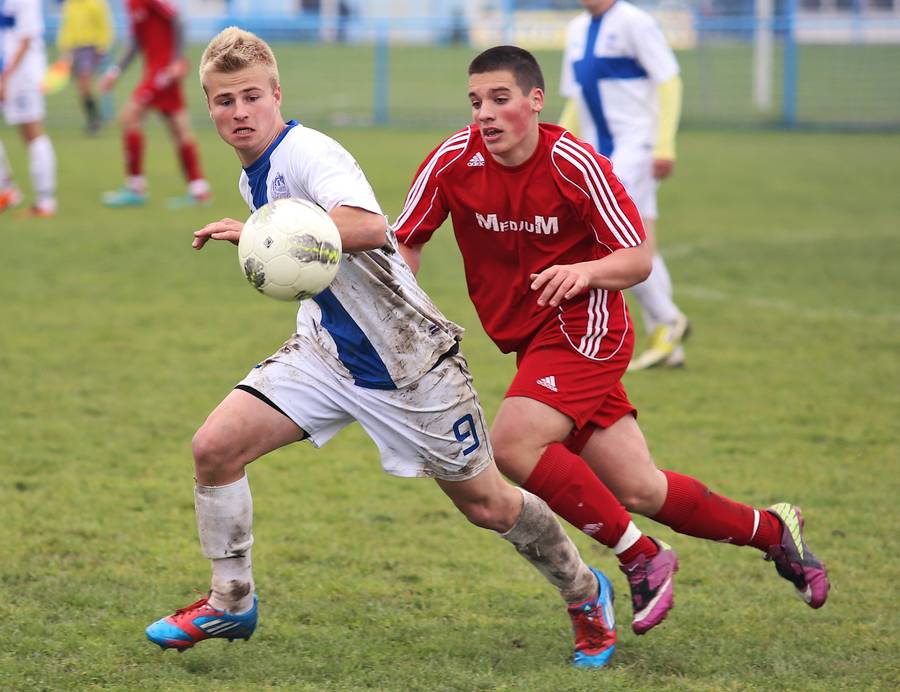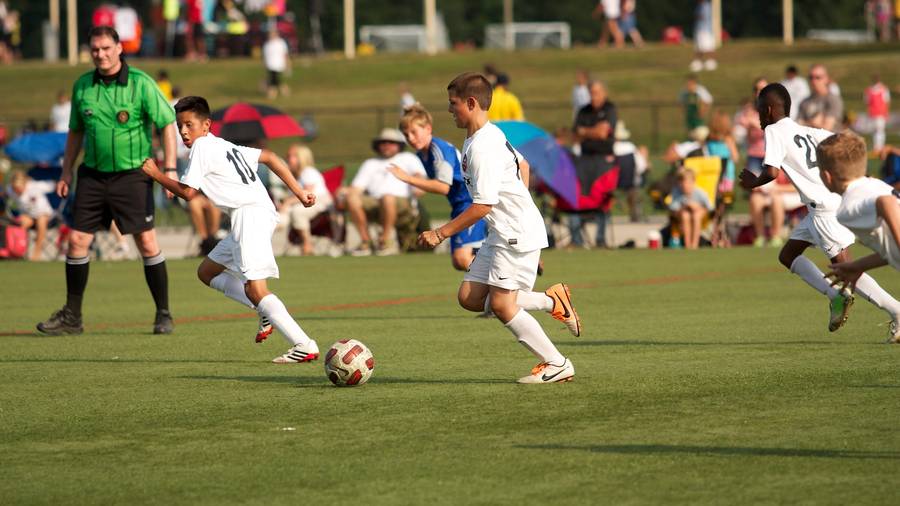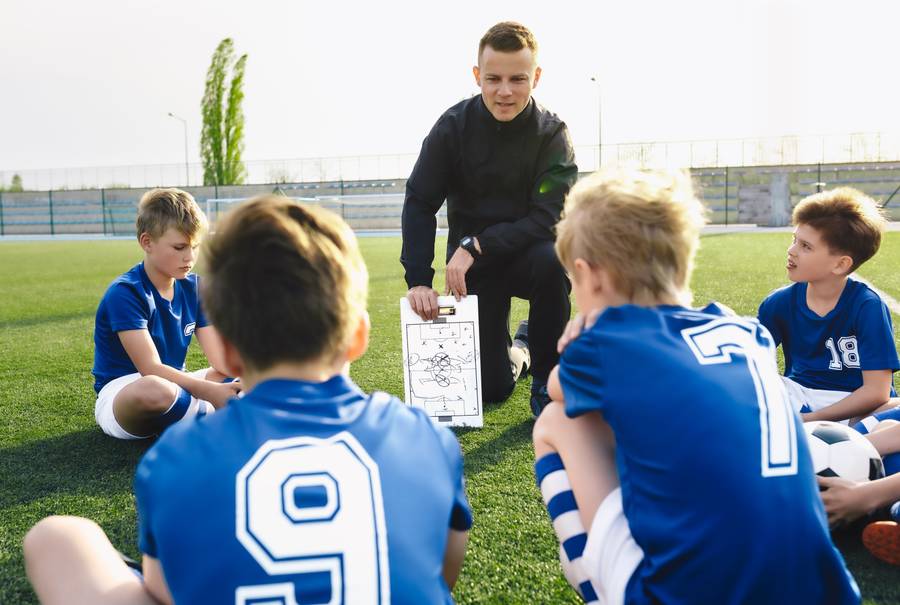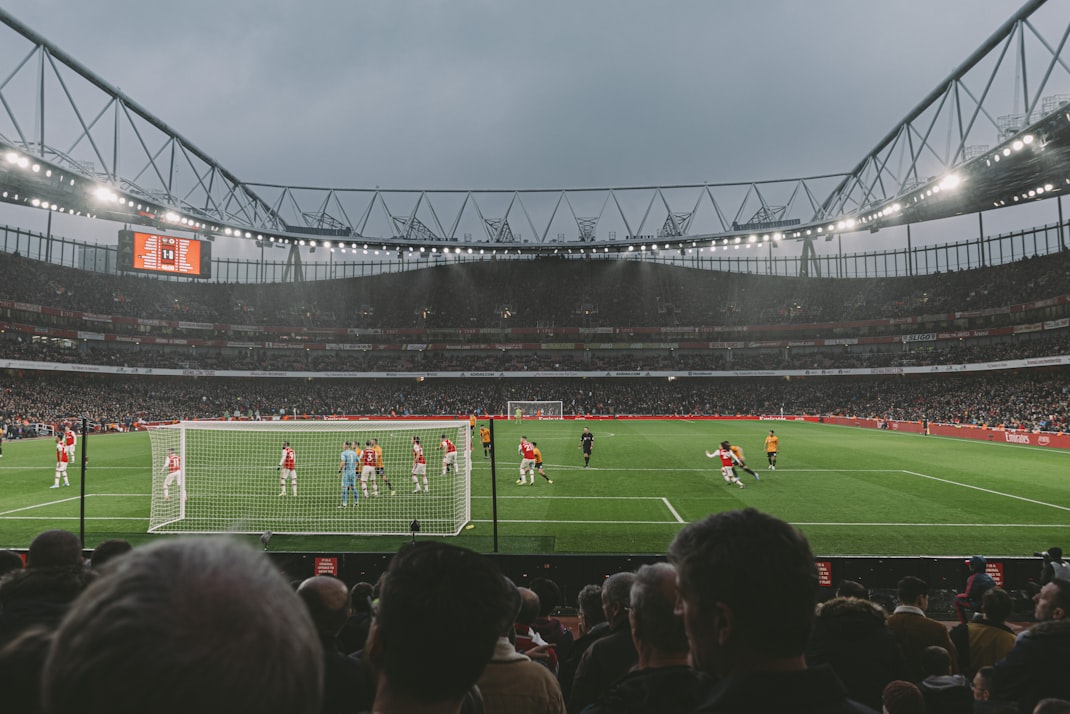
As an ex defender in my playing days, one of the things that winds me up the most as a grassroots coach is the absolute lack of appreciation for defending and the contribution of those who do the essential job of keeping the ball out of the goal.
I think this blind spot reveals a deeper truth about modern football, the Instagram reels with their flicks, tricks and ‘top bins’ are in danger of raising a generation of players who just don’t understand the game.
I’m the wrong age for it entirely but I really dislike social media culture and its influence on our sport. YouTube and Instagram showcase thunderous top corner strikes and mesmerising skills whilst defensive masterclasses remain invisible to the masses. Young players absorb these messages, naturally gravitating toward roles and actions that promise recognition and celebration. The modern football ecosystem has inadvertently created a hierarchy of footballing value that places flicks and tricks above intelligence, flair above functionality and creativity above the discipline required to prevent goals.
Maybe it was always like that? Most kids grew up wanting to emulate the best strikers and creative midfield players in my childhood days, yet I still think there has been something of a cultural shift that becomes particularly problematic when viewed through the lens of player development.
Learning to defend requires an understanding of the game and different mental skills such as anticipation, spatial awareness, decision making under pressure and leadership qualities.
There is a danger that young players who naturally excel at reading the game, organising teammates or executing crucial interventions often receive feedback that their contributions are somehow less valuable than those of their more attack minded teammates. This can even create something of an identity crises in players where gifted defenders attempt to transform themselves into something else.
Many grassroots training sessions typically focus on attacking drills. Intricate passing sequences, finishing practices and technical skills that generate immediate excitement. Professional coaching resources emphasise 1v1 defending fundamentals like protecting space, closing down and tackling, yet many grassroots coaches lack the confidence or knowledge to implement this defensive training.
Instead, defending is often mistaken for ‘tackling’or treated as something players should learn instinctively rather than a craft requiring deliberate development.
The irony becomes apparent when examining successful teams at any level. Every title winning side, from local under-10s leagues to Premier League title winners, builds their success on defensive foundations. As Sir Alex Ferguson once famously said, “Good attackers win you games, a good defence wins you trophies.” Yet this fundamental truth rarely translates into grassroots coaching practice, where defensive work is viewed as necessary evil rather than essential craft.
Modern tactical evolution has made defensive understanding more crucial, not less. Looking at someone like Virgil Van Dyke of Liverpool, he can and does defend 1 vs 1 in half a pitch, something that would never have been considered 20 years ago with manager’s getting covering players in position at every opportunity. Today's game also demands defenders who can be calm with the ball in high risk areas of the pitch and initiate attacks. This tactical sophistication requires players who understand these phases of play from early ages. Essential defensive aspects include positioning, angling, closing gaps, and communication, skills that often have to be taught rather than hoped to emerge naturally through match experience.
The art of defending often begins with spatial intelligence, an understanding of where to position oneself relative to opponents, teammates and the ball. This involves constant calculation, prediction and adjustment based on evolving game situations. A defender who understands angles can force attackers into less dangerous areas. One who reads body shape can anticipate passes before they're executed. These sophisticated skills require structured practice and effective guidance, yet too often coaches expect them to develop through trial and error during matches.
Good defending demands strong communication skills that transform individual players into cohesive defensive units. The modern game's pace and complexity makes silent defending virtually impossible at any competitive level. Players must learn good defensive vocabulary, 'tight', 'drop', 'squeeze up' and understand when to use this. Defensive principles often require one player to press the ball, whilst others provide cover and the rest of the team balance the field of play by finding their shape. This coordinated approach demands constant verbal guidance that many young players never learn to provide.
The physical aspects of defending have evolved from the dated notion of strength and aggression toward sophisticated understanding of leverage, timing, explosiveness and positioning. Defending always has prioritised brain over brawn which is why many top defenders play until their late thirties. The split second decisions about when to commit to challenges versus when to contain and delay form the foundation for many defensive actions, yet many players reach teenage years without mastering basic defensive body shape and awareness.
Full-backs, once seen as purely defensive players, have taken on new significance in the modern game. They are now expected to defend, support attacks and transition quickly between these roles.
At grassroots level, this multifunctional responsibility can be difficult for young players to manage, especially if they receive mixed messages. Clarity from coaches is crucial. A full back needs to know when to hold position and when to push forward, how to recover quickly and how to link up with midfielders and wingers. By focusing on these roles within training, rather than simply rotating players through positions without explanation, coaches give young players confidence and purpose in their defensive duties.
Central defenders, often the unsung leaders of a grassroots team, also need particular attention.
Their role requires strength, timing, composure under pressure and the ability to organise others.
Often these players are only praised for their physical attributes, height, speed and strength, rather than their tactical understanding. As Coaches we must go deeper, teaching them how to track runners, cover space and initiate play from the back. Their decision making under pressure, particularly when passing out from defence, is a skill that must be nurtured, not rushed, and not given up on after the first mishap.
International comparisons reveal some interesting cultural differences in defensive appreciation.
Nations with strong defensive traditions such as Italy, Germany & Uruguay typically emphasise defensive education from early ages, creating cultures where defensive excellence receives respect and recognition. These nations often achieve success beyond their apparent resources, suggesting defensive focus provides them with stable foundations.
Looking toward the future, our grassroots football must return to valuing defending as much as attacking. A balanced team, one that can both score and protect its own goal, is likely to be far more successful and enjoyable to play in. More importantly, players who understand the full spectrum of the game become more rounded and better for it.


















